Kansas Crowing About Its Pheasants
Bobwhites Too
Although precious few states do it, they have every incentive to pump us all up for bird season. South Dakota has the birds and the PR machine to do it, and they do. Colorado is trying this year. Oddly, few other states – Pennsylvania and Maine come to mind – do it.
Add Kansas to the list of states trying to capitalize on what they have and get hunters afield. Apparently, it should have some off-the-charts (or close to it) pheasant hunting this year.
Here’s the info trail.
The first forecast came from Bird Dogs Afield, which said:
Upland bird coordinator Jim Pittman reports that the south central (Red Hills Area) and southwest Kansas had excellent nesting and brood weather conditions and numbers in these areas should be strong. Pheasant numbers should be very strong in northwest and north central, however numbers will be down in the northeast due to heavy rain and hail in early June.
Then Pheasants Forever’s forecast called Kansas “South Dakota South,” a huge compliment, and said:
Kansas pheasant hunters bagged 746,000 roosters last year – up approximately 10 percent from 2008, and tops in the nation this side of South Dakota. Despite a colder and snowier winter than normal, it wasn’t enough to impact pheasant populations. In fact, spring crowing counts were up 1 percent.
Jim Pitman, small game coordinator with the Kansas Department of Wildlife & Parks, says the best pheasant hunting will likely be in northwest and west-central Kansas, but southwest Kansas should be very good too.
Pitman is expecting numbers in northwest Kansas to be similar to last year or slightly improved, which will put the population at or above the 20-year high, while expectations are for a bit of a dip in portions of north-central Kansas due to heavy rain and hail that hit that region. The pheasant population in northeast Kansas will also likely be down due to deep snow cover for a good chunk of last winter and heavy rain during the nesting period this summer.
Then Kansas itself issued the following, edited for brevity:
> Kansas will have abundant upland birds for the second year in a row.
> Although some hunters have been concerned about a significant amount of federal Conservation Reserve Program (CRP) land turned back to crop production, this apparently has not hurt bird production to date.
> Weather during the critical nesting and brood rearing period from May through July was favorable in all but a few areas of the state. So with the exception of a few areas where nesting was disrupted by severe thunderstorms, hunting should be good.
> Due to good production in the summer of 2009 and a relatively mild following winter, the number of pheasants going into this year’s nesting season was similar or slightly improved from 2009 in most regions of the state. Precipitation this June and early July prevented many farmers from harvesting their wheat crop until well after the peak time when pheasant nests hatch. The timing of wheat harvest plays a big role in the number of young produced each year in Kansas because a substantial number of hens nest in green wheat.
> Success of nests and survival of young is generally best when rain comes slowly and in near average amounts during May and June. Most of the state’s primary pheasant range met that prescription, resulting in above-average production.
> However, a few areas did receive heavy rainfall and/or hail during the peak reproductive period. As a result, production was likely below average in all or portions of the following counties: Cheyenne, Thomas, Sherman, Logan, Jewell, Republic, Marion, Decatur, Norton, Phillips, Rooks, Smith, Osborne, Harvey, Reno, and Sedgwick.
> Compared to 2009, however, pheasant numbers will generally be improved throughout their range. In those parts of northwestern Kansas not affected by one of the major summer storms, pheasant numbers will be higher than at any point in the last 20 years. The best pheasant hunting will be in northwest and west-central Kansas, but portions of central and southwestern Kansas will also offer excellent opportunities.
Quail Good Too
Just in case you like shooting other birds (and who doesn’t!):
> The bobwhite breeding population is also similar or improved from 2010 in every region of the state with the exception of northeast Kansas. Much of the northeast was blanketed by more than 12 inches of snow for at least three weeks this past winter. Such weather is much more detrimental to bobwhites than other upland game birds because quail are less capable of locating food in deep snow. As a result of the prolonged snow cover, the bobwhite breeding population was down more than 40 percent from last year in northeastern Kansas.
> Within primary bobwhite range, productivity was below average in all or portions of the following counties: Jewell, Republic, Greenwood, Lyon, Osage, Coffee, Woodson, Butler, Chase, Marion, Harvey, Norton, Phillips, Rooks, Smith, Osborne, Reno, Harvey, Sedgwick, Labette, Wilson, Montgomery, Neosho, Elk, and Allen.
> Compared to last fall, quail numbers will be down in far north-central Kansas and generally across the eastern one-third of the state. However, there are a few areas within the eastern one-third of the state that were unaffected by any major storms. Bird numbers in those areas will be improved from last fall but still far below the numbers observed 20-30 years ago in that area. Bobwhite numbers in far northwestern Kansas will also be improved from last fall, but that portion of the state is at the fringe of quail range.
> The best quail hunting will be found throughout the central part of the state from the Oklahoma state line northward to about U.S. Highway 24 and eastward to about U.S Highway 77. Quail numbers will also be improved in southwestern Kansas, offering some very good hunting opportunities in that region.
Prairie Chickens: Lesser Okay, Greater So-So
> Kansas is home to both greater and lesser prairie chickens, and both species require predominately native grass habitat. Lesser prairie chickens are found in westcentral and southwestern Kansas in native prairie and nearby stands of native grass contained in CRP. Greater prairie chickens are found primarily in the tallgrass and mixed grass prairies in the eastern one-third and northern half of the state.
> The spring survey indicated that the lesser prairie chicken breeding population was similar to the previous year. Nesting and brood rearing conditions for lesser prairie chickens were generally good this summer due to timely rainfall throughout their range. It is likely that populations will be up from last year, and the best hunting will be the central and north-central portions of the bird’s range.
> Greater prairie chicken breeding populations were also similar to last year throughout their range. In the core of the Flint Hills, the majority of occupied habitat was burned again this spring, leaving little vegetative cover to conceal nests. Periodic burning is essential to prevent woody encroachment into the prairie, but burning the same acreage every year greatly reduces the potential for successful nesting, even when weather is favorable.
> In addition to the lack of nesting cover, a good proportion of the central Flint Hills experienced heavy June rainfall that likely further hurt production in that area. Conditions were comparatively better for production throughout the northern Flint Hills due to less spring burning and more favorable rainfall.
> Conditions were good for production throughout most of the Smoky Hills in north-central and northwest Kansas.
> The best greater prairie chicken hunting should be found in native grasslands from the northern Flint Hills westward throughout the Smoky Hills.
Category: KS, Northern Bobwhite, Pheasants, Prairie Chickens

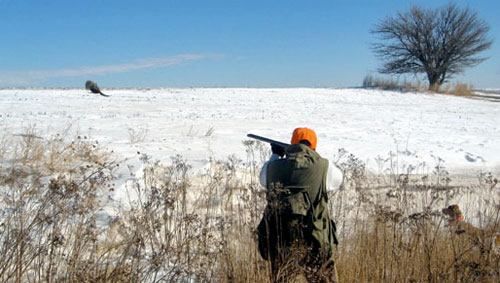




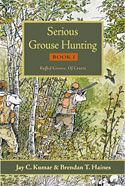

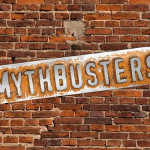
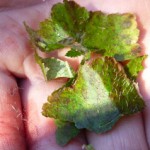
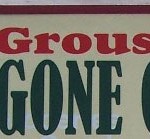
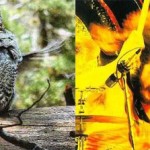
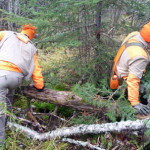
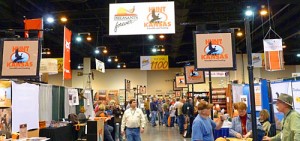
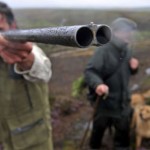
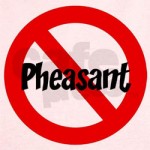
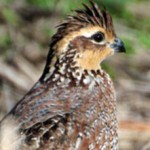
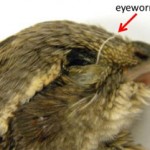
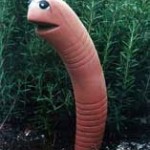
The pheasant program in Maine looks like a great deal for hunters, here in Washington State the WDFW will charge a tidy sum of $90 to hunt hatchery raised birds on our western side of the Cascades. The eastern side of the state is only $36 ($19 if you buy big game licences) but there they are “wild†birds and well scattered over vast amounts of farm land.